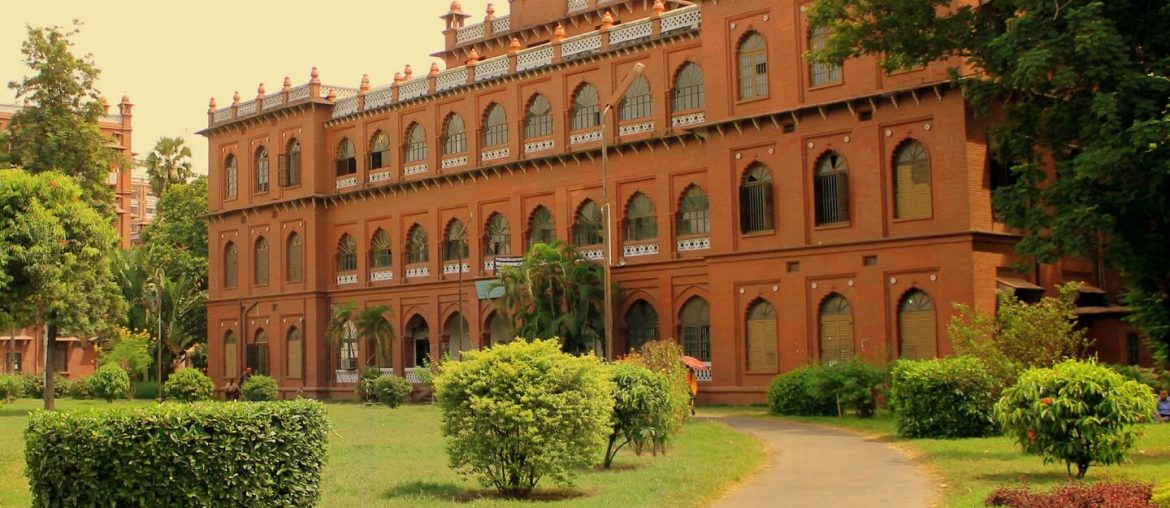The Indian subcontinent has been under the rule of more than 70 governing bodies throughout history. But none has impacted the history of the subcontinent as profoundly as the British Raj. They ruled the entire region for 200 years. As a result, along with many unwanted interferences, they also brought substantial growth in art and architecture which was influenced by the architectural style of that period (for the most part)- The Victorian era. The style of architecture that was used to construct every structure during the British period was known as the Victorian style. And there are quite a few Victorian-style buildings in Bangladesh that still retain their grandeur to this day. But what is Victorian-style architecture?
Victorian-style architecture
Victorian-style architecture refers to a series of architectural revival styles instead of a particular architectural style. During the reign of Queen Victoria (1837–1901), which was the Victorian era, the style in which the buildings were constructed was known as Victorian-style architecture.
However, Victorian architecture is nothing but a mixture of different styles, interpretations, and electric revivals of other historic styles. Historically, Victorian architecture style includes early Gothic Revival, Folk Victorian, Greek Revival, Italianate, Second Empire, Romanesque Revival, Colonial Revival, and the popular Queen Anne style at the end of the era.
Ahsan Manzil
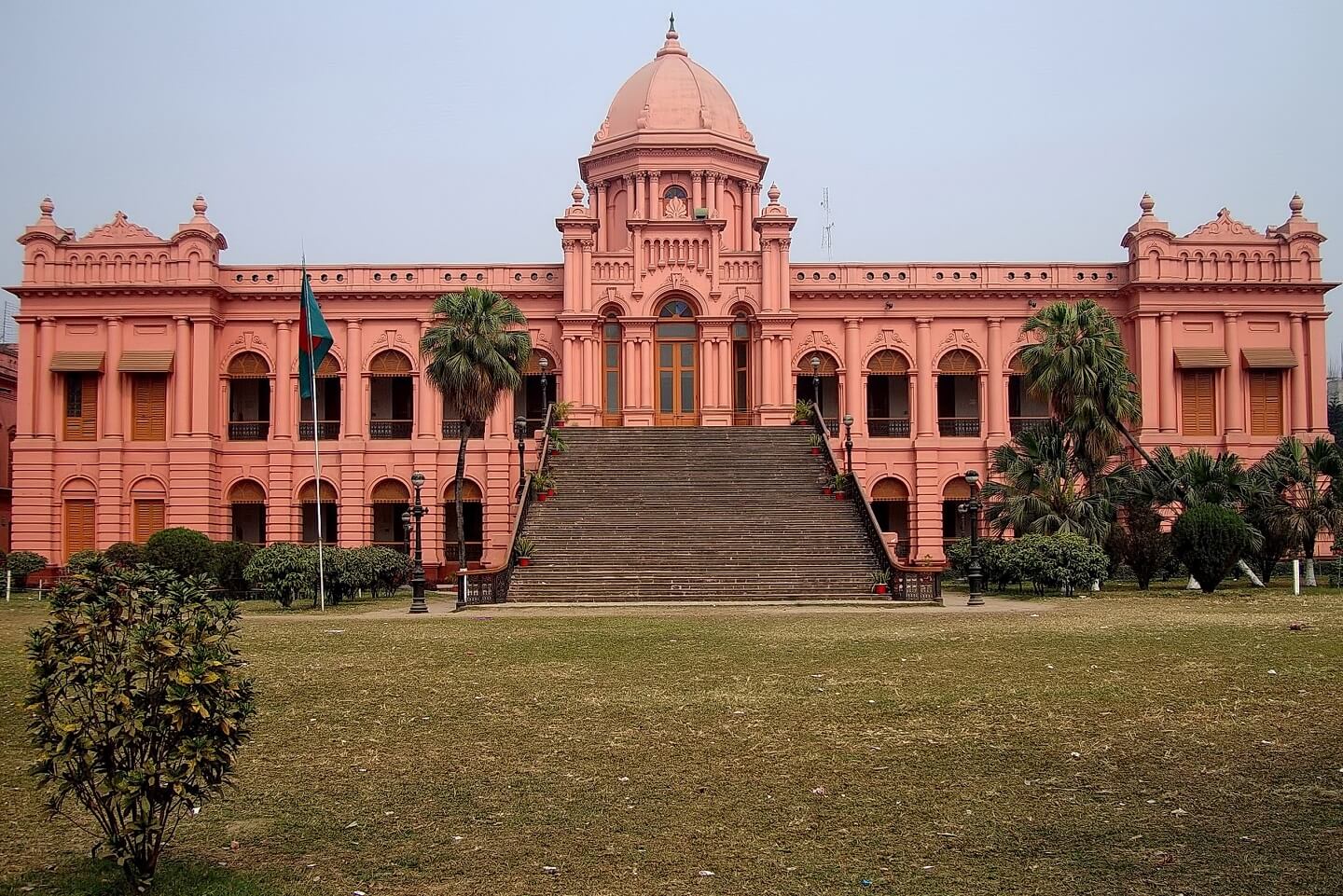
Once the residential palace and the seat of the Nawabs, Old Dhaka’s Ahsan Manzil is a flamboyant example of Indo-Saracenic architectural excellence which resembles closely to Gothic revival or Victorian-style architecture. The construction of this grand building was completed in the late 19th century. The two-storied palace is divided into two parts: Rangmahal and Andarmahal.
The interior of the palace is beautifully ornamented with various types of decorative trimmed vine leaves, attractive wooden stairs, and a vaulted artificial ceiling. This spectacular building has also stood witness to many historical events including the English-French war. In 1985, Dhaka National Museum acquired the property and it was then designated as a museum. Situated on the banks of the Buriganga river, one must go to the Kumartuli area of Old Dhaka to visit this magnificent establishment.
Curzon Hall
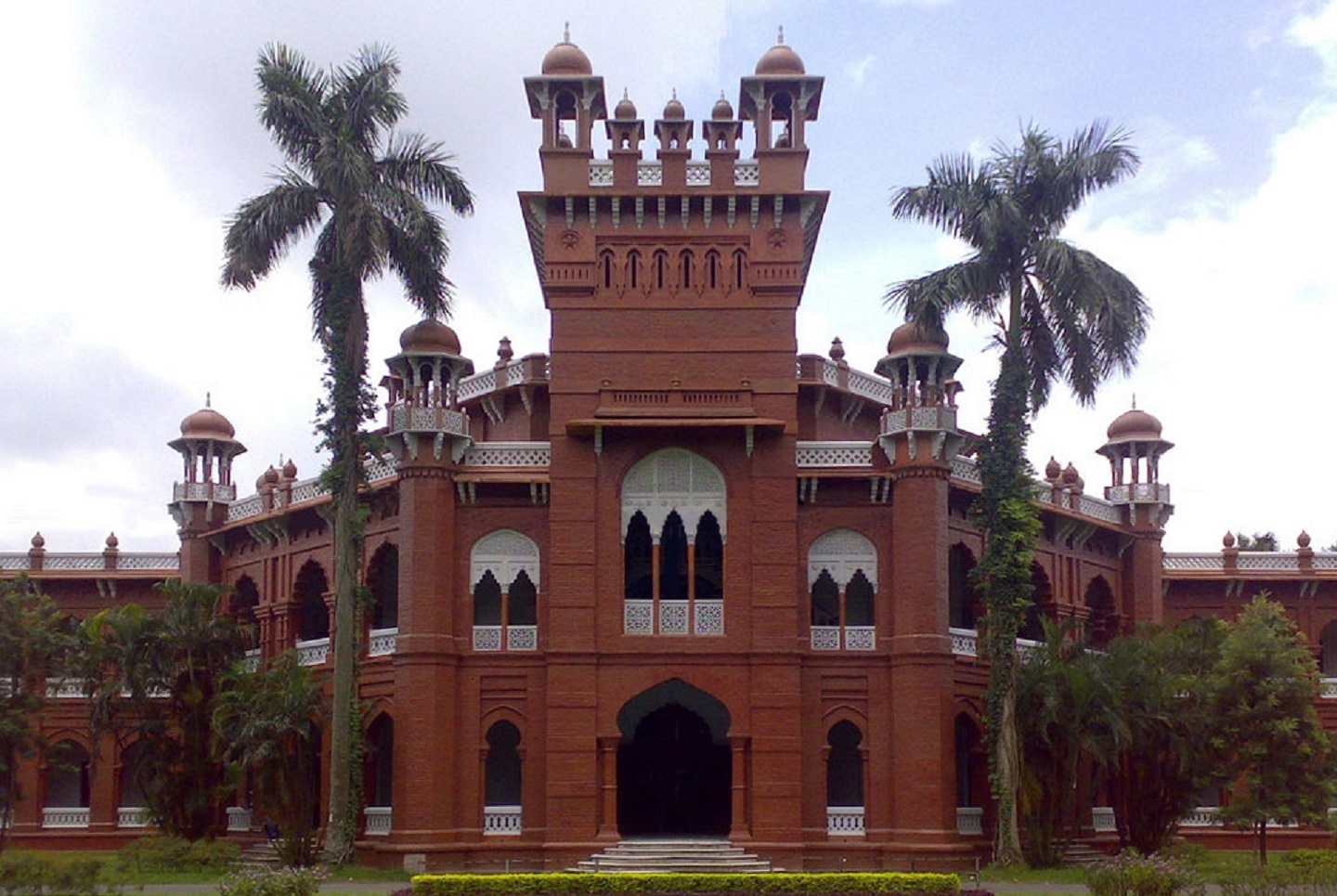
None of the Victorian-style buildings in Bangladesh is as historically significant as Curzon Hall. It was built in the early 20th century and is also one of the most celebrated Victorian architecture in Bangladesh’s history. It was named after Lord Curzon the Viceroy of India who laid the foundation in 1904. It was intended to be a town hall at first but in 1921 it became the base of the University’s science faculty.
Its appearance has the inclusion of the famous Indo-Saracenic and Gothic architectural styles. The architectural style of the building is reminiscent of the world-famous Oxford University. The architectural style of the building is not entirely Victorian, rather it’s a beautiful blend of Mughal and Victorian architecture.
Old High Court Building
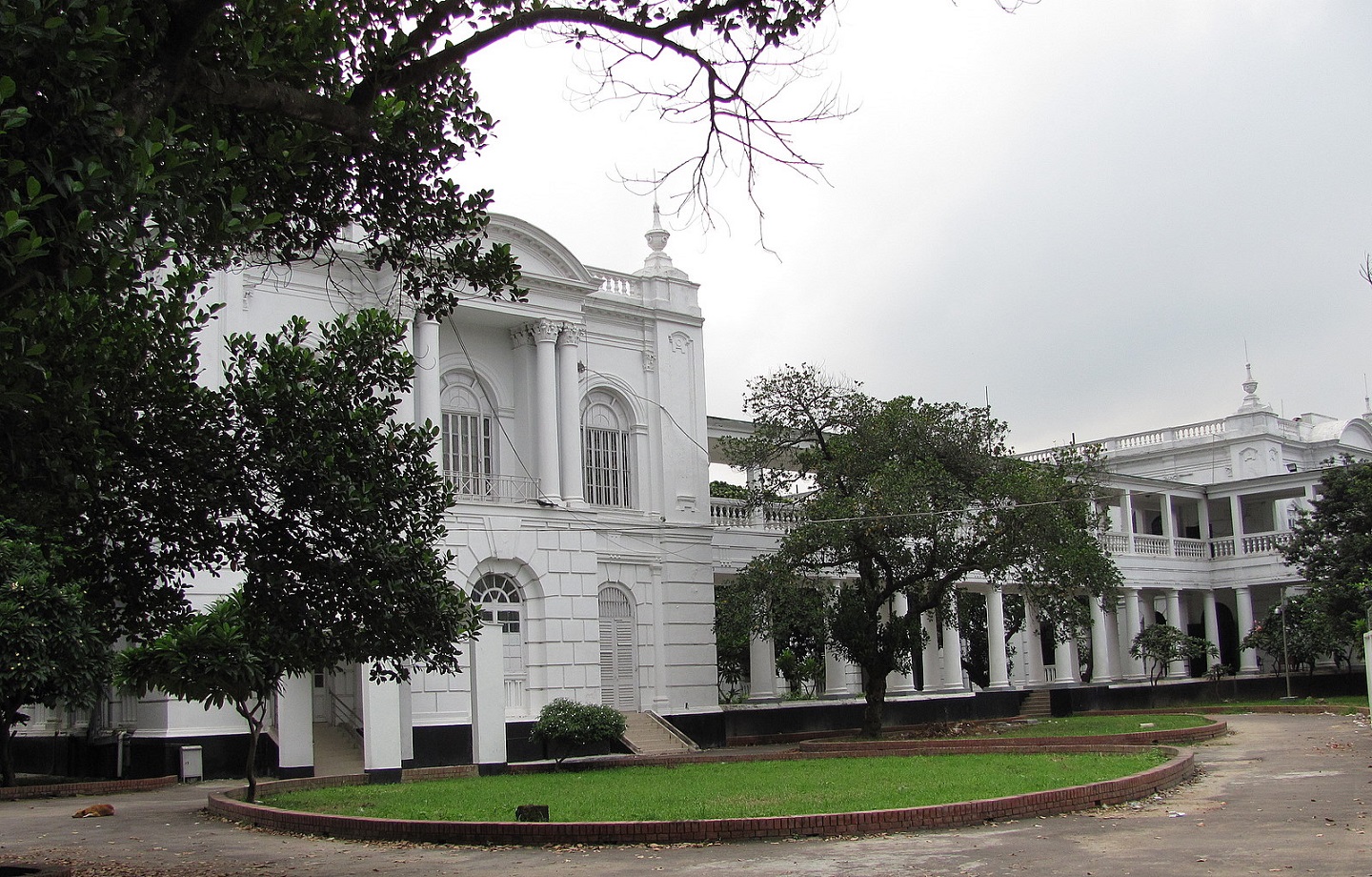
Although built around the same time, architecturally the Old High Court Building is vastly different from the Curzon Hall. On the one hand, Curzon Hall stands tall with all its Gothic architectural glory, on the other Old Court Building is a Renaissance architectural excellence. Primarily the house was built for the governor of East Bengal and Assam but later it became a part of the High Court Building.
There is a porch at the entrance of the building that is located under a triangular fronton supported by Corinthian columns, a classic architectural element of Renaissance architecture. The building is surmounted by a striking dome that rests on a ring of columns. With white marble flooring and a gorgeous staircase that connects the two-story building, the Old High Court Building is one of the dazzling examples of Victorian-style architecture in Bangladesh.
Ruplal House
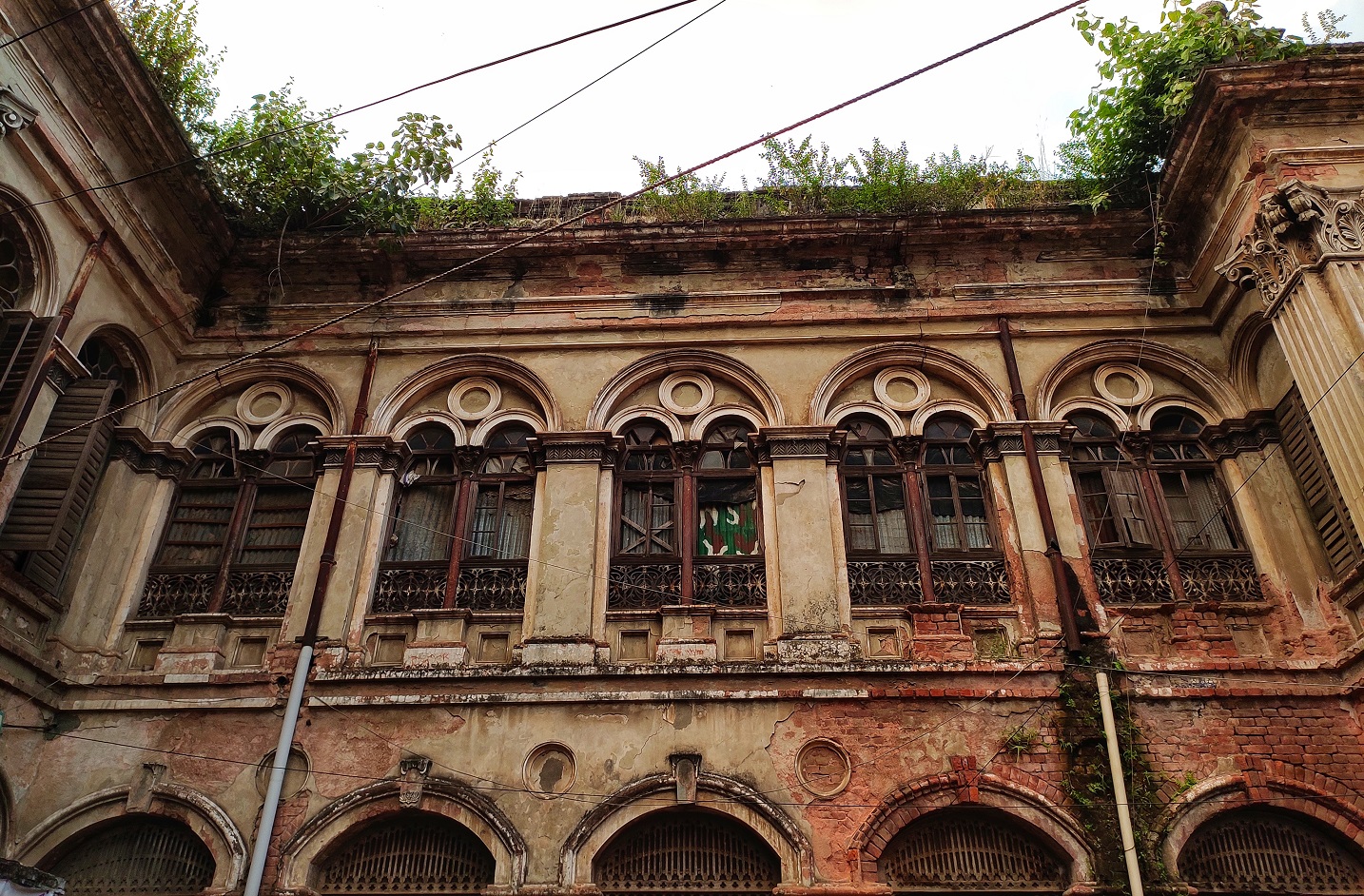
Built in 1825 by an American businessman named Stephen Aratoon, the Ruplal House which was formerly known as the Aratoon House is a Victorian-style architectural brilliance. In 1840, the zamindar Ruplal Das and Raghunath Das bought the house from Mr. Aratoon. But it did not come into the limelight until 1886 when Ruplal Das threw a ball dance party in the honor of the viceroy of India Lord Dufferin.
The house is divided into three distinct blocks- Ruplal block, Raghunath block, and Central block with different architectural styles. These blocks are disconnected from each other on the ground floor but are connected through archways on the upper floor. The Ruplal block was built using the Neo-classical architectural style and features a triangular pediment over fluted Corinthian columns. Raghunath Block has a different architectural style from Indian origins. The façade of the entrance court in the North is devoid of arches. The central block is similar to the Ruplal block but built like Ahsan Manzil. Although the present condition of the Ruplal house is not that great, it still is one of the most spectacular Victorian-style buildings in Bangladesh.
The style of art and architecture of the subcontinent has always been rich and magnificent even before the British came to rule the region. The spectacular architectural ruins throughout the different parts of India including Bangladesh are a testament to this fact. However, during the British period, the practice of incorporating different art and architecture styles advanced even further and these Victorian-style buildings in Bangladesh are the testament to that fact.

